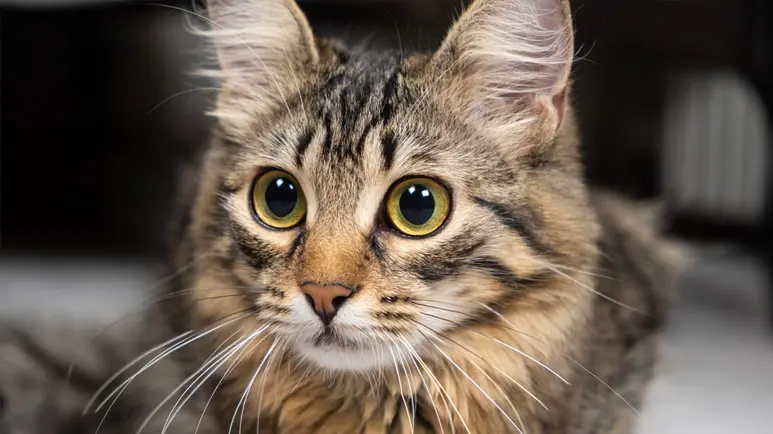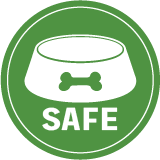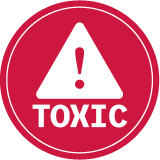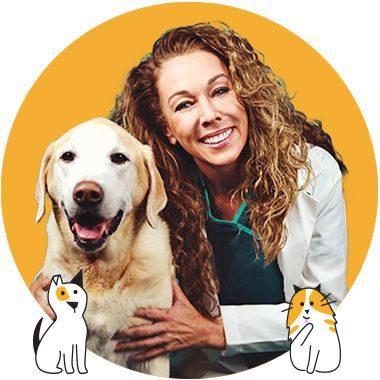Why Your Cat's Eyes Might Be Telling You Something
Discover the reasons why a cat's pupils dilate, when such changes are normal, and when they may indicate an underlying health problem.

STORY AT-A-GLANCE
- A cat’s pupils change size in response to light and emotion, but persistent dilation could be a subtle clue to deeper emotional or physical health concerns
- Normal causes of dilation include excitement, low light, or fear — but if their pupils remain wide even in bright light, something more serious might be going on
- Conditions like high blood pressure, glaucoma, or retinal disease can all cause long-term pupil dilation, especially in older cats or those with underlying illnesses
- Uneven pupil size, vision loss, or changes in eye color are clear signs that your cat should be examined by a veterinarian as soon as possible
- Monitoring your cat’s eye health daily and noting changes in behavior or appearance can help you catch medical problems early and keep your feline friend thriving
Cats are known for their mysterious nature and, unlike dogs, they are not always as showy about their affection. But despite being nonverbal and at times more reticent, there are ways for your cat to let you know about their emotions, such as their body language. One of their most expressive parts is their eyes.
If you are a cat parent, you may have noticed your feline companion's pupils change shape throughout the day. These shifts in eye appearance are more than just reactions to light; they can be signals about your cat's emotions and environment. Interestingly, they can also tell you something about your pet’s health.
What Do Your Cat’s Dilated Pupils Mean?
To understand the meaning behind dilated pupils in cats, it's helpful to know a bit about how a cat's eyes function. The pupil is the black part of their eye that controls how much light enters. Surrounding it is the iris, which is the colored portion of the eye.1 The pupil dilates for two main reasons:
- Light changes — In bright light, the pupil constricts into narrow slits. This is normal, as it means there is less light entering the eyes. This is important because excessively bright light can cause eye damage.
However, in low light or darkness, the pupil expands, or dilates, to let in more light to reach the retina. The retina collects the light information coming into the eye and transmits this information to the brain as "vision." Many animals including cats have a reflective layer under their retina called a tapetum lucidum, which amplifies light entering the eye. This contributes to their ability to see exceptionally well in the dark. If your cat's eyes adjust this way, it is a sign of a healthy, functioning visual system. - Emotional responses — Cats experience a range of emotions, and their eyes often reflect their internal state. Excitement, such as when they are about to play or when they spot prey, can cause their pupils to dilate. Fear can have a similar effect, making their eyes appear wide and round. This dilation allows them to take in more of their surroundings in a threatening situation.2 In these cases, the dilation is brief and subsides when the stimulus is removed or the cat calms down.
Certain medical conditions can lead a cat’s pupils to dilate abnormally. It is the persistence or unusual nature of this dilation that can offer insight into their well-being.
When Dilation May Be a Concern
Persistent or unusual pupil dilation can indicate underlying health issues. If your cat's pupils remain wide in bright conditions or if one pupil is more dilated than the other, it's time to take a closer look. Below are several medical conditions that can be associated with abnormal pupil dilation in cats.
- High blood pressure — This is more common in cats than many owners realize, especially in older felines. This condition can be a result of other illnesses, such as kidney disease or hyperthyroidism. It may also come with other symptoms like weight loss, poor coat quality, and appetite changes. If left untreated, high blood pressure can cause retinal detachment and blindness.3
- Anisocoria — It refers to a condition where one pupil is noticeably larger than the other. It can result due to head trauma, infectious diseases, deep ear infections or ear polyps, or eye disease such as glaucoma or uveitis.4,5 The presence of anisocoria should be considered a serious sign that warrants immediate veterinary attention.
- Eye disorders — Besides glaucoma (high pressure inside the eye) and uveitis (inflammation inside the eye), progressive retinal atrophy (PRA), a genetic condition that leads to the gradual deterioration of retinal cells, and iris atrophy (thinning of the iris), can make the pupils appear persistently wide and round. This happens more commonly in older cats.
- Pain — Cats in pain often display dilated pupils. They may also become withdrawn, aggressive, or stop eating when painful.
- Blindness — In response to their vision dimming, the eyes attempt to gather more light by dilating the pupils. If your cat is hesitant to jump, bumps into furniture, or seems generally disoriented, vision loss might be the cause. This is more common in elderly cats but can occur at any age.6
Tips to Help Identify Issues with Your Cat’s Eyes
Being observant is one of the best tools a cat parent has. Aside from observing their eyes in different lighting conditions, here are other ways to monitor your cat’s eye health:
- Check for visible changes, such as cloudiness or redness in or around the eyes.
- Observe if your cat starts to bump into objects or seems hesitant to jump.
- Move a laser pointer across the floor to see if your cat reacts to it.
- Toss a cotton ball in your cat’s path to see if they react.
- Wave a hand gently in front of their eyes (without creating a breeze) — your cat should respond by blinking.
- Direct a flashlight toward your cat’s face (but don’t shine it directly into the eyes) and observe if their pupils respond by constricting.
When Should You See a Veterinarian?
While it’s normal to see your cat’s eyes dilate due to light changes or excitement, persistent or unexplained dilation, or unequal pupils, should be a cause for concern. Take your cat to the vet for a checkup if you see these changes. Signs that indicate a medical condition include:
- Constant pupil dilation in bright environments
- Unequal pupil size
- Redness, swelling, or discharge in or around the eyes
- Cloudiness or change in eye color
- Behavior changes such as hiding, vocalizing more, aggression, or reduced activity
During a veterinary examination, the doctor may perform tests such as ophthalmoscopy, which examines the structures inside the eye, fluorescein staining to examine the cornea (the front windshield to the eye), and tonometry, which measures eye pressure to detect glaucoma. Blood and urine tests and blood pressure monitoring may also be conducted, as well as imaging scans to evaluate the eyes or brain, especially if neurological issues are suspected.7
Providing Support to a Cat with Vision Problems Is Important
If your cat has been diagnosed with partial or complete blindness, you can make minor adjustments to help them stay mobile and maintain their high quality of life. Here are a few tips:
- Keep furniture in consistent places to help with navigation
- Use verbal cues and soft sounds to guide them
- Avoid sudden movements or loud noises that could startle them
- Provide night lights in areas they frequent
- Create safe, cozy spaces for rest and comfort
Cats are masters of subtle communication, and their eyes are one of their most powerful tools. Understanding your cat’s eyes is not just about observation; it is about building a deeper connection with your feline companion. With this knowledge, you can become a more confident, informed, and proactive caregiver.










